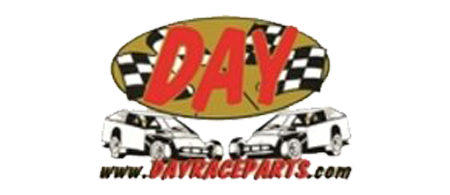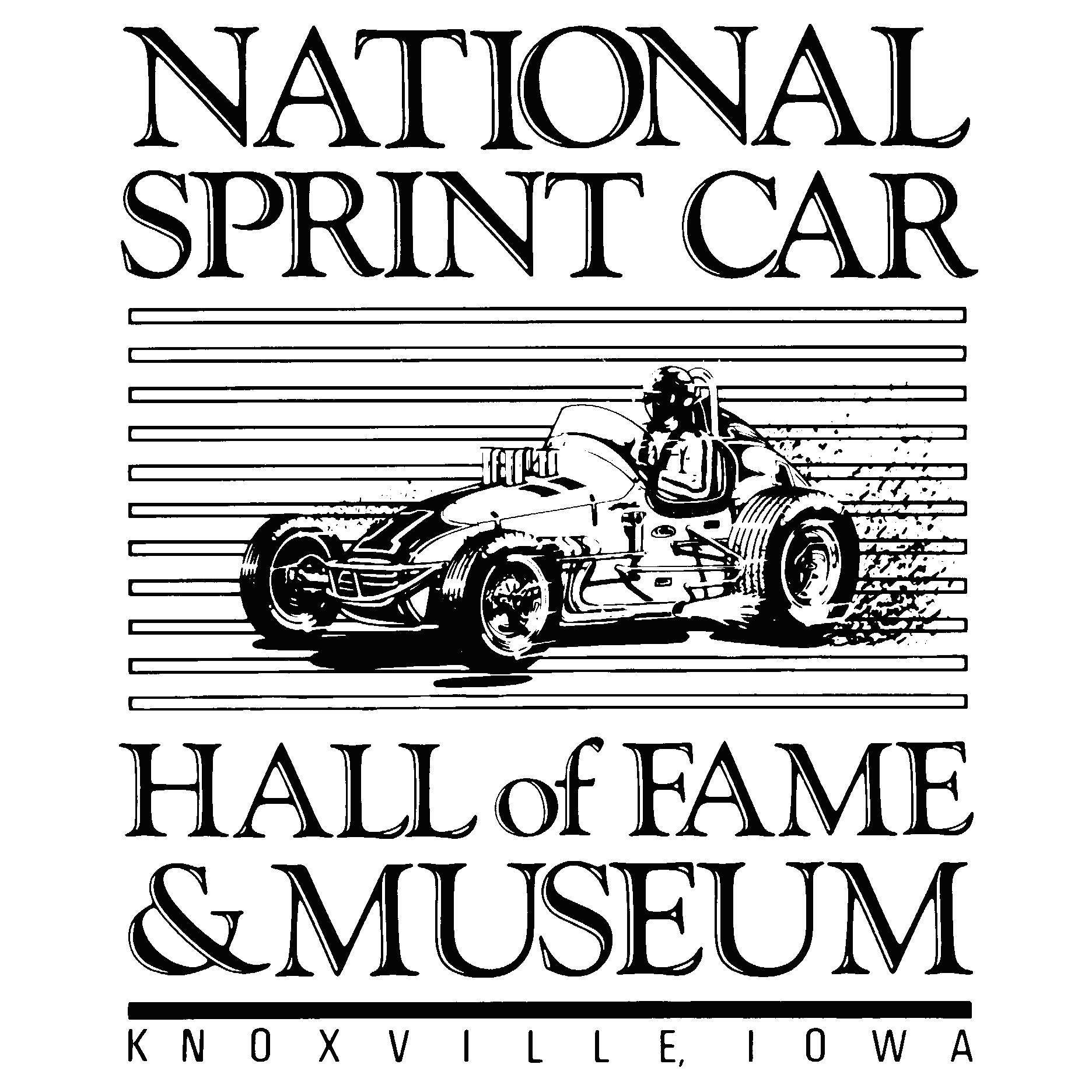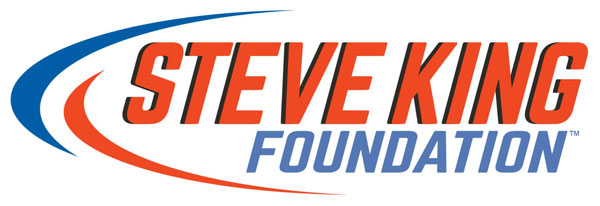Newman believes in miracles after Daytona recovery
Photo by Matt Sullivan/Getty Images
Ryan Newman feels like “a complete walking miracle."
After witnessing his death-defying accident in the Daytona 500 three months ago, those who see him today feel the same way.
Newman, 42, doesn’t remember flipping violently down the front stretch or the moments of impact coming to the checkered flag. He doesn’t remember being extricated from the remains of the No. 6 Ford or much of the next 42 hours at Halifax Medical Center—and that’s probably a good thing.
“I had no idea,” Newman said. “I was medically treated to not know. They were trying to keep me in a somewhat of a medically-induced coma, from what I’ve been told, and that medicine kind of zoned me out, so I really don’t have any memories or recollection of any of my crash until I actually had my arms around my daughters walking out of the hospital.
“Again, when they give you those medicines and you’re knocked out, you don’t know what’s going on. I was able to walk out in the condition that I was, and as I watched in the next... call it 24 hours, as I watched the crash and had to make myself believe what I had went through, I really looked to my dad to say, ‘Hey, did this really happen?’ Like it was kind of there’s no déjà vu when there’s no 'deja.' It was just kind of like, ‘All right, I believe you.’ It’s crazy. I’m happy I’m here.”
Newman’s gratitude is boundless, from the debt he owes to the first responders who reached him in Turn 1 at Daytona International Speedway to the health care professionals at the hospital. After more than three decades behind the wheel and training in engineering at Purdue University, Newman realizes that the ongoing commitment to safety in motorsports and the expertise with which his team assembled his car aided his speedy and complete recovery.
“I think you can pay a lot of attribution to the safety of the race car, the safety of my helmet, my equipment,” Newman said. “They always say things happen for a reason, and this year was the year. It’s only the fourth race I had on a brand new style of helmet--it’s a carbon fiber zero helmet that I was wearing—the second time I’d worn it in Cup competition.”
Still, if Newman didn’t believe in a higher power before his accident, he does now.
“Everything aligned in so many ways,” Newman said. “The safety workers, the personnel that were involved, that were inside the car with me, spent time with me during and after the crash... every layer of it there was multiple miracles—big miracles and little miracles, in my opinion, that aligned for me to be able to walk out days later with my hands around my daughters and to be thankful.
“So I can’t answer all of those things and I don’t think anybody can when miracles do happen, but we need to be thankful for that—at least I am—and I’m just proud of how everybody has united in the past say 20 years that I’ve been involved in this sport to make the tracks safer, the walls safer, the cockpit safer, the seat safer—all the work that has gone into that collectively, not just the NASCAR world, but everybody. People in sprint car racing, people in IndyCar racing—I am the net result or at least I feel like I am. It’s not just a Newman bar, it’s not just a Petty bar or an Earnhardt bar, it’s the net effort of everybody in auto racing that, I think, contributed up to that day.”
As was the case with his crash at Talladega in November 2009, his accident in February will serve as a case study to advance the safety of the cars even further when drivers return to Talladega Superspeedway and Daytona International Speedway. The cars of Newman and Corey LaJoie, who ran into the cockpit of the No. 6 Ford during the accident, were taken to the NASCAR R&D Center for evaluation.
“I was literally just the crash test dummy that lived through it, but I also did have some input,” Newman said of the Talladega wreck that led to a reinforced overhead roll cage bar being named for the driver. “I’ve had some input post-2020 Daytona 500 – not a lot, but, again, they have talked to me about some things. They’ve worked with the team at Roush Fenway Racing to help devise some new things with the race car—big things like chassis structure, little things like window net safety—commonizing some things to make them safer for everybody.
“We’ve always had a degree of freedom with certain things on the race car, but when it comes to safety NASCAR has made us realize that there is a standard that needs to be followed and that’s just an example of one of the things that we learned from my Daytona crash was my window net was secured, but it was not secured correctly to the point that it was still latched, but it was not ready for the next shot, so to speak. Things like that, that have been a part of what we have done post-Daytona 500, will continue on to make NASCAR safer and hopefully other sports safer for the same reason.”
Perhaps the most astonishing marvel of all is Newman’s ability to continue his life’s passion—racing. Add to Newman’s list of miracles returning to the No. 6 Roush Fenway Racing Ford at Darlington Raceway when NASCAR returns on Sunday. Before he was cleared for competition on April 27, Newman tested at the 1.366-mile track. He ran approximately 30 laps to ensure he was up to speed.
“I had no apprehensions getting in the car,” Newman said. “I was excited to get in the car. It’s my favorite race track and just really wanted to get back in it and at it. I’ve been working really hard to do the things that I needed to do test-wise to pass my concussion test and protocol and things like that, so I could be down there with my team and Dr. (Jerry) Petty (Carolina Neurosurgery & Spine Associates) to establish the fact that I felt well and could prove it and I was well behind the seat of the race car, so I basically did that.
“The track was really green and was really fast. My first five laps of my 20-lap run were quicker than the pole-winning car from last fall, so I can handle the speed.”

.png)





